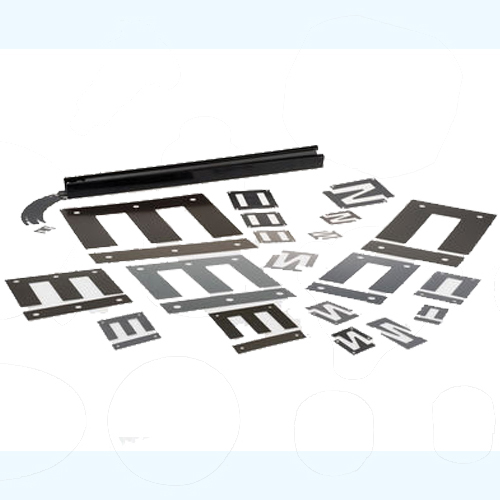
Description
Transformer lamination dies, also known as transformer core stamping dies or transformer core lamination dies, are specialized tools used in the manufacturing process of electrical transformers. These dies are designed to shape or cut thin-gauge steel sheets into specific shapes and sizes to create the core laminations or cores of transformers. Here are some key aspects of transformer lamination dies:
Our range is customized on the following :
Material : Mild Steel
Elongation : 20 %
Corrosion Resistance : Yes
Hardness : 70 HRC
Tensile Strength : 350 MPa
Component Manufacturing :
Transformer lamination dies are primarily used to produce laminations or cores, which are essential components of electrical transformers. Laminations are thin, flat sheets of electrical steel with specific shapes and contours, while cores are assembled stacks of laminations bonded together to form the core structure. The stamping process shapes or cuts the steel sheets into precise shapes, slots, and profiles according to the design specifications of the transformer.
Material Selection :
Transformer lamination dies are typically used with thin-gauge steel sheets made from specialized electrical steel alloys. These alloys are chosen for their high magnetic permeability, low core losses, and minimal eddy current losses, which are critical for optimizing the performance and efficiency of electrical transformers. Silicon steel (also known as electrical silicon steel or silicon steel) is a common material used for transformer laminations due to its excellent magnetic properties.
Precision Machining :
Transformer lamination dies require precision machining techniques to achieve tight tolerances, smooth surfaces, and consistent dimensions. CNC (Computer Numerical Control) machining centers and specialized stamping equipment are used to fabricate the die components with high accuracy and repeatability. Advanced CAD/CAM (Computer-Aided Design/Computer-Aided Manufacturing) software is employed to create detailed die designs and tool paths, optimizing the manufacturing process for efficiency and quality.